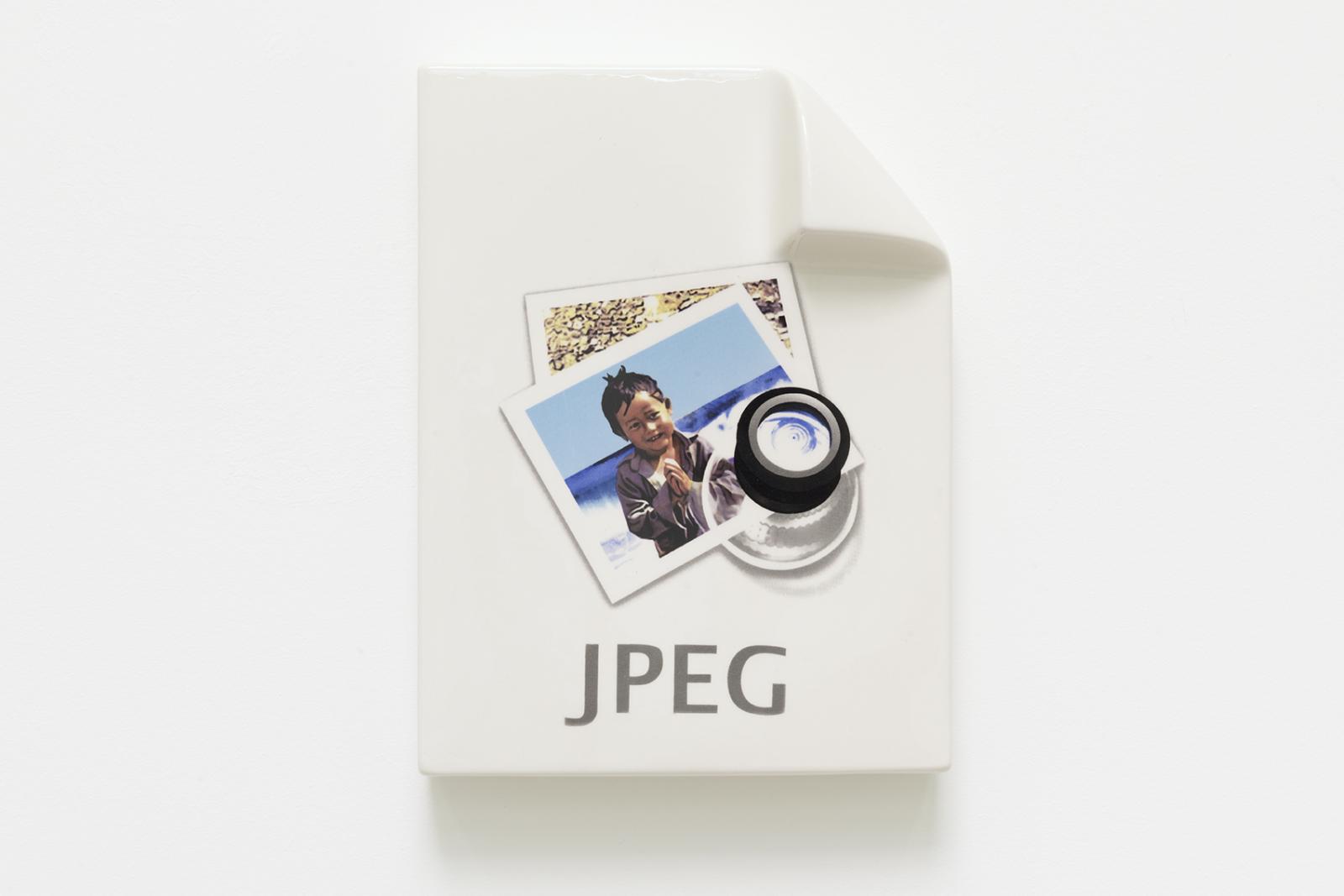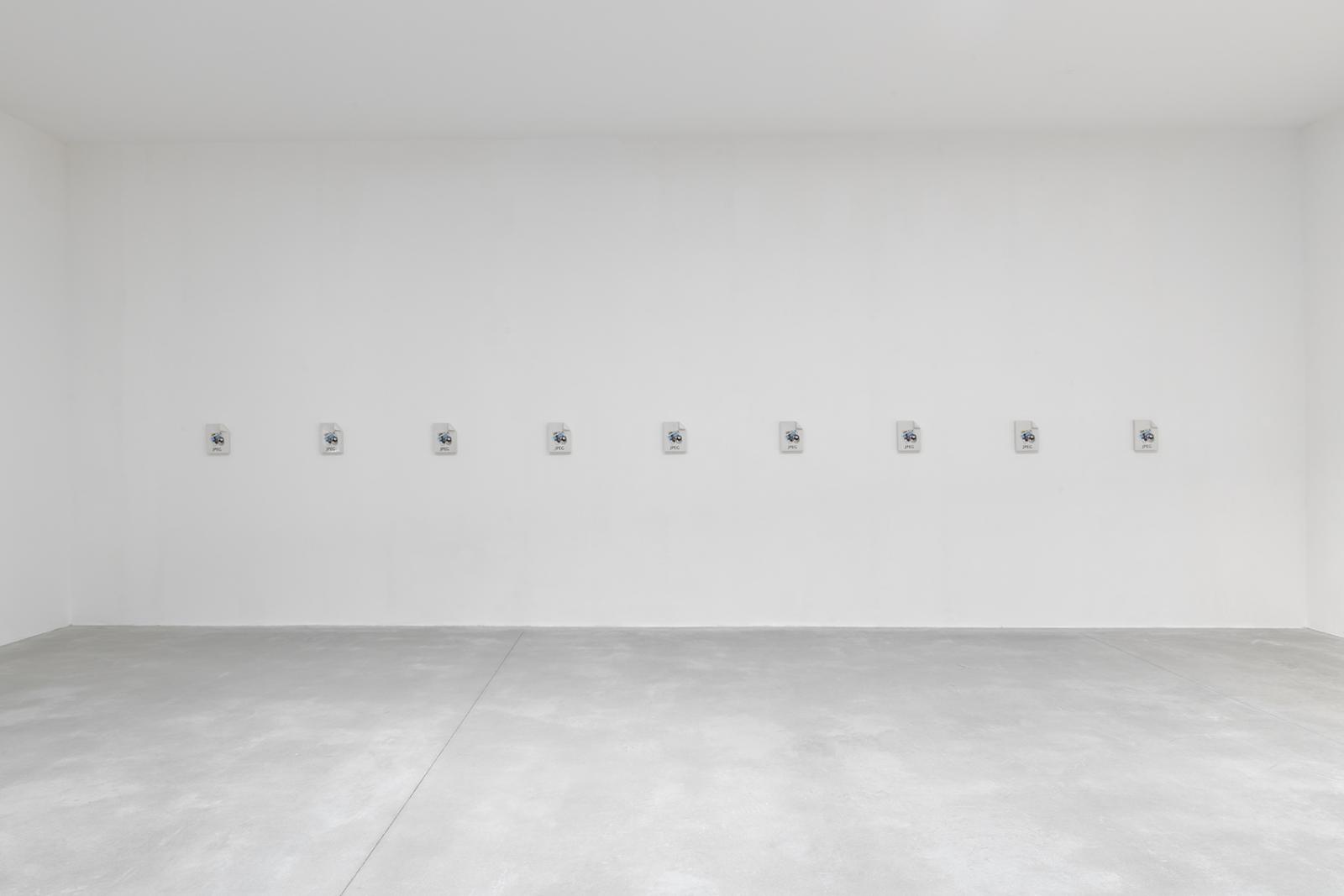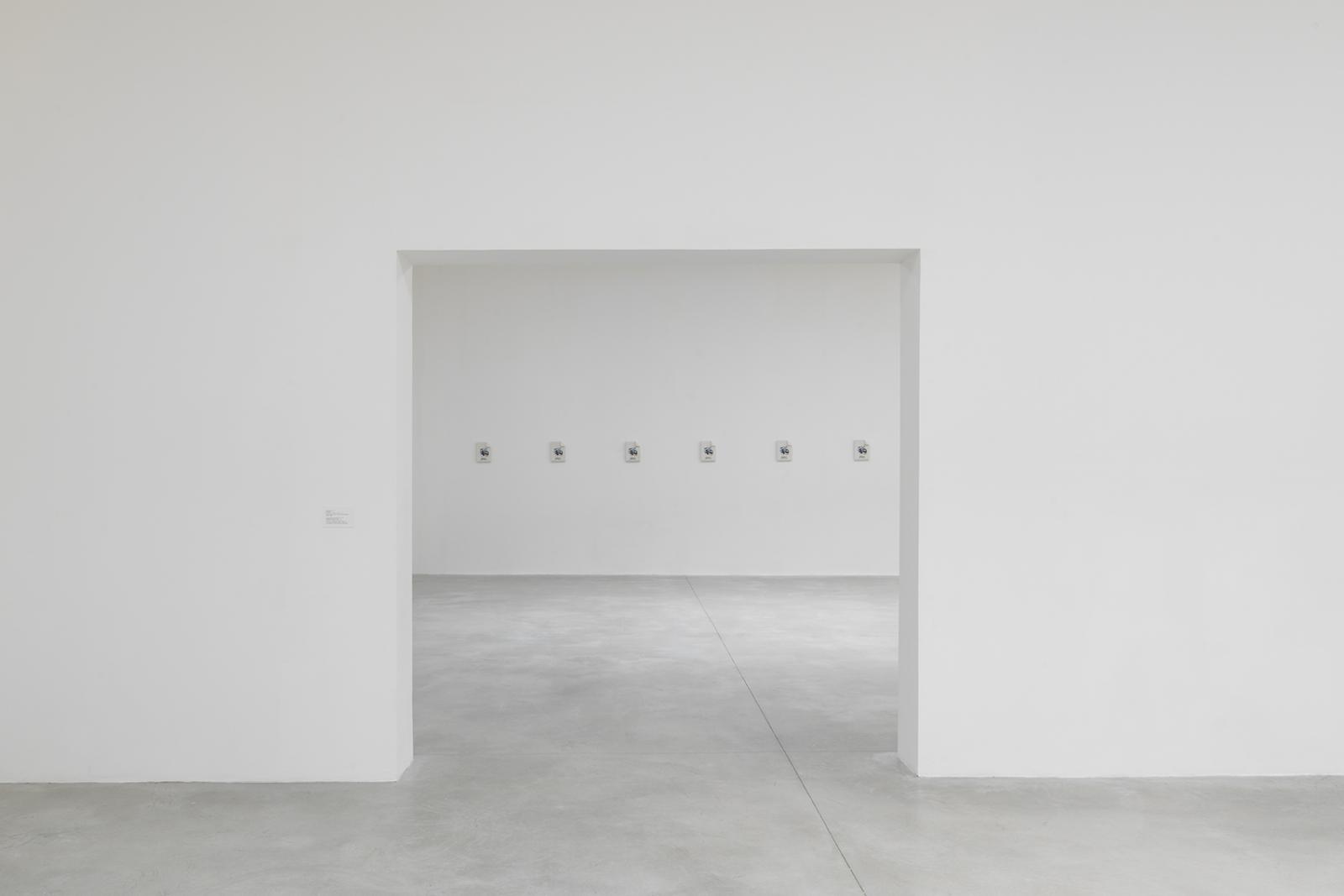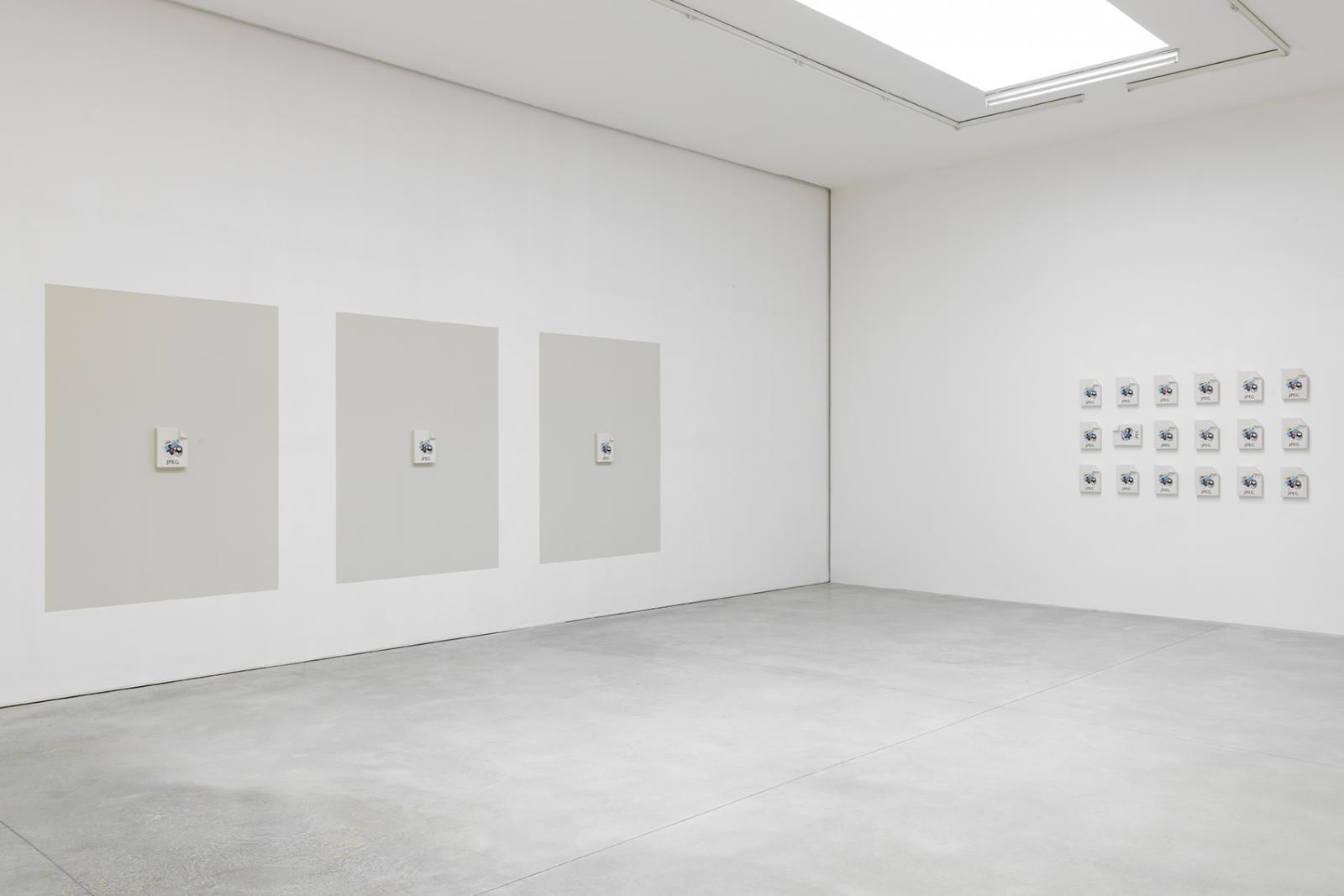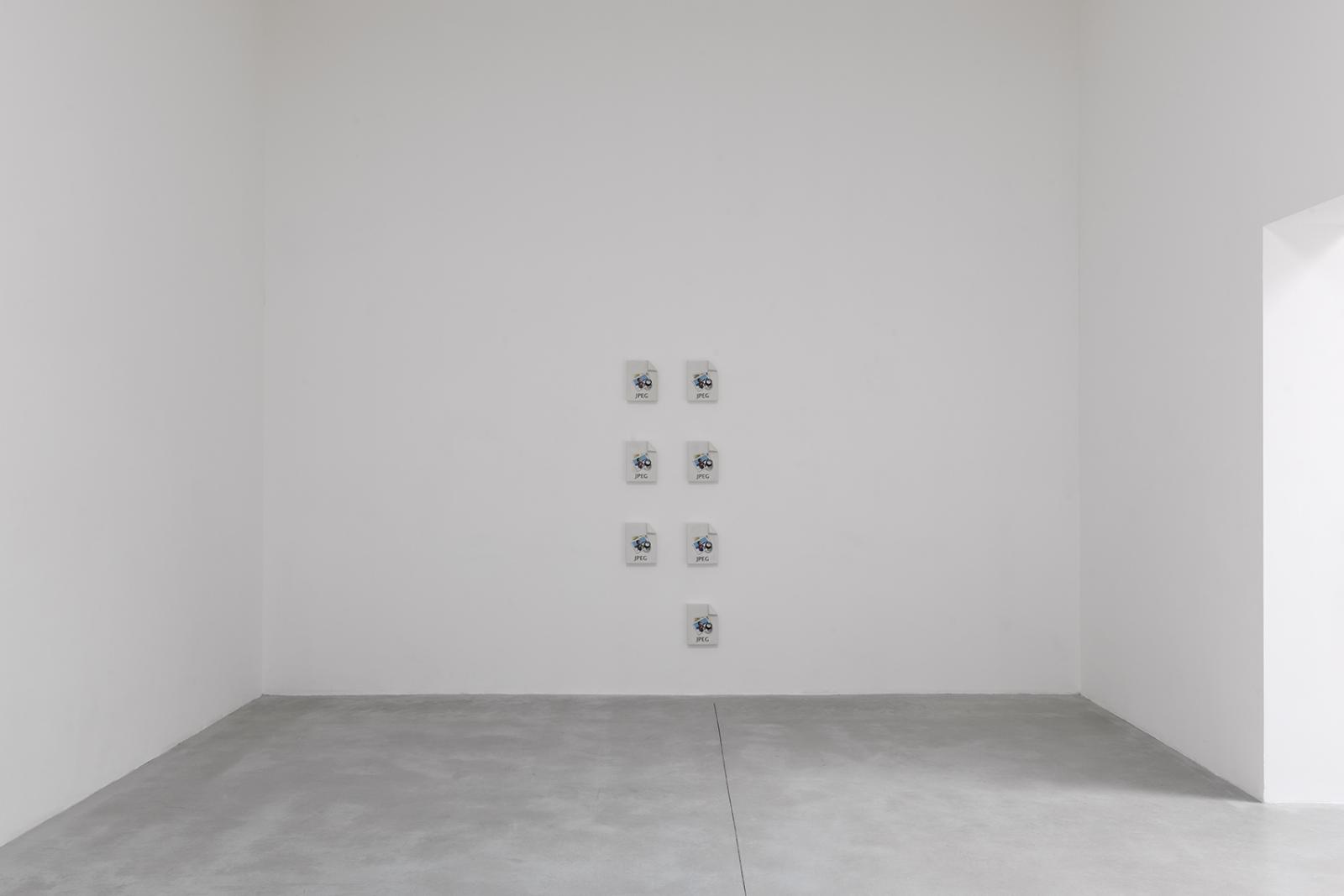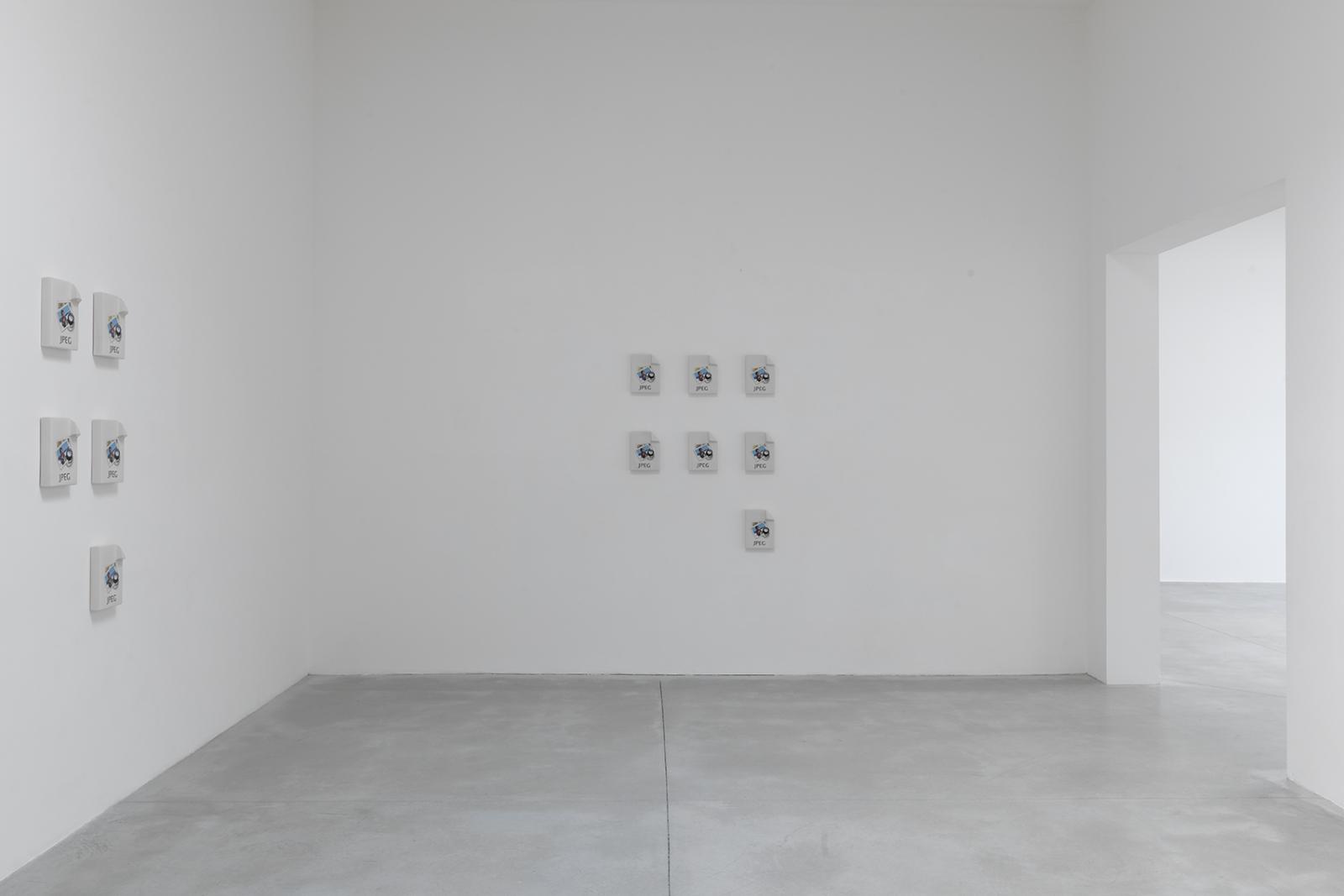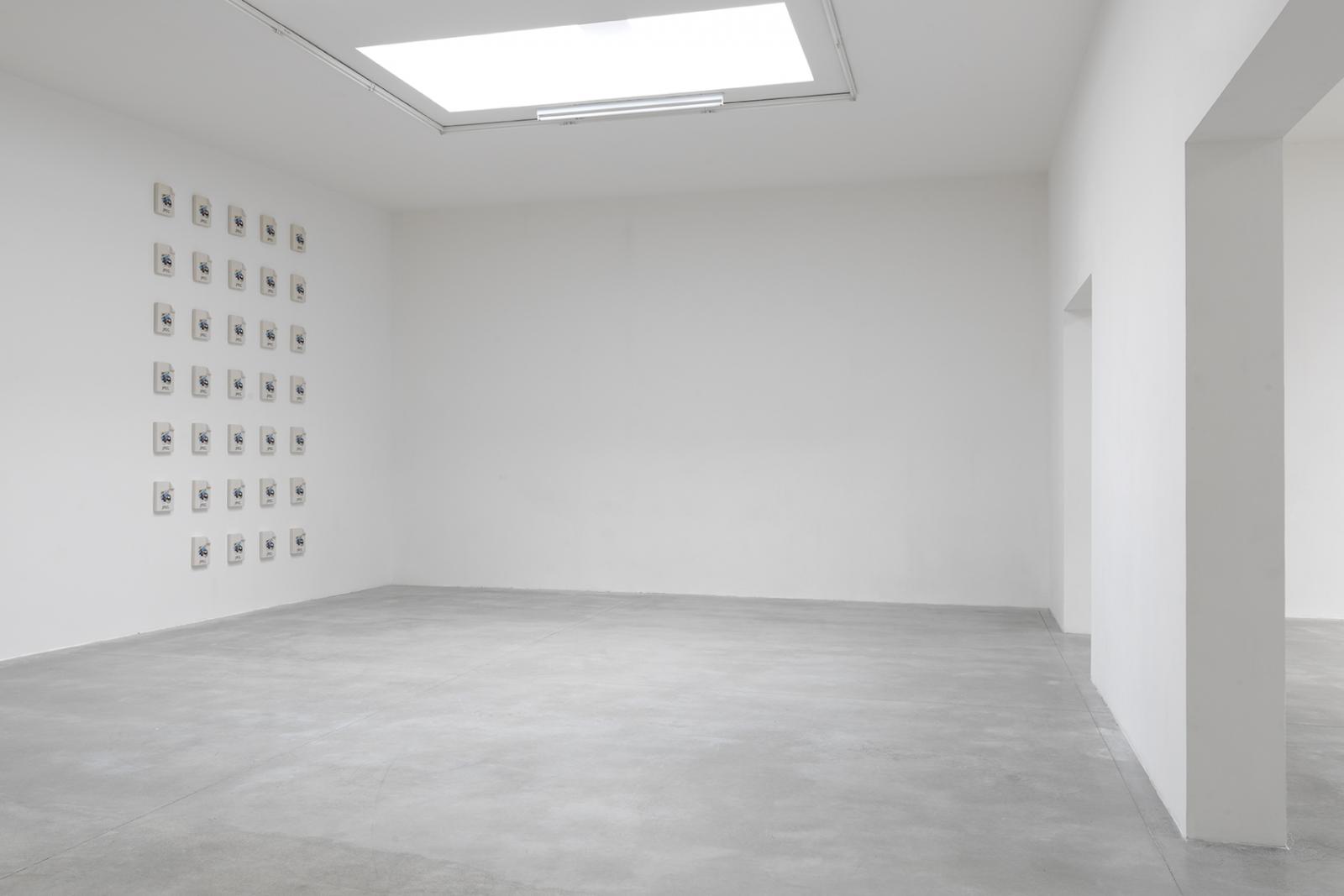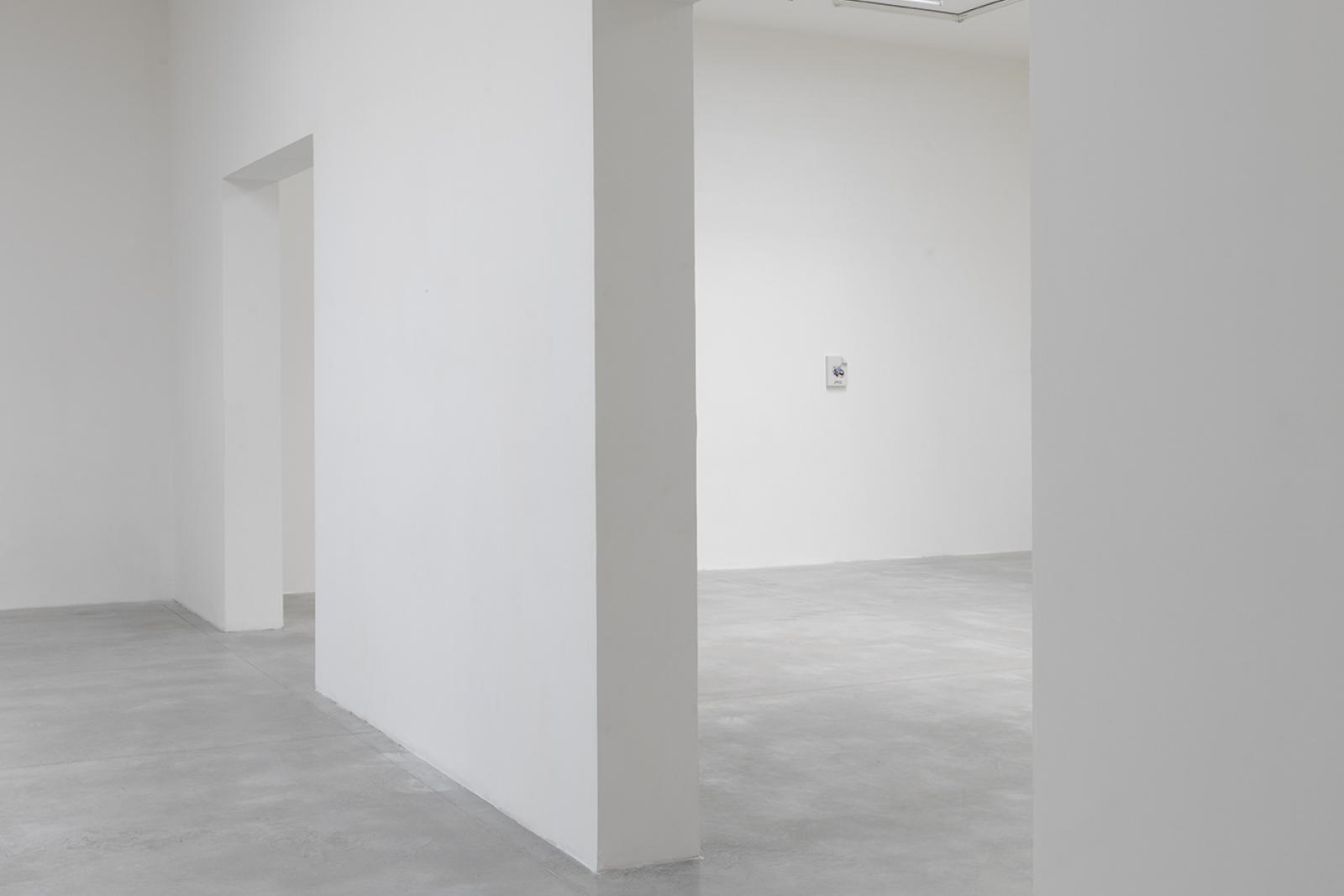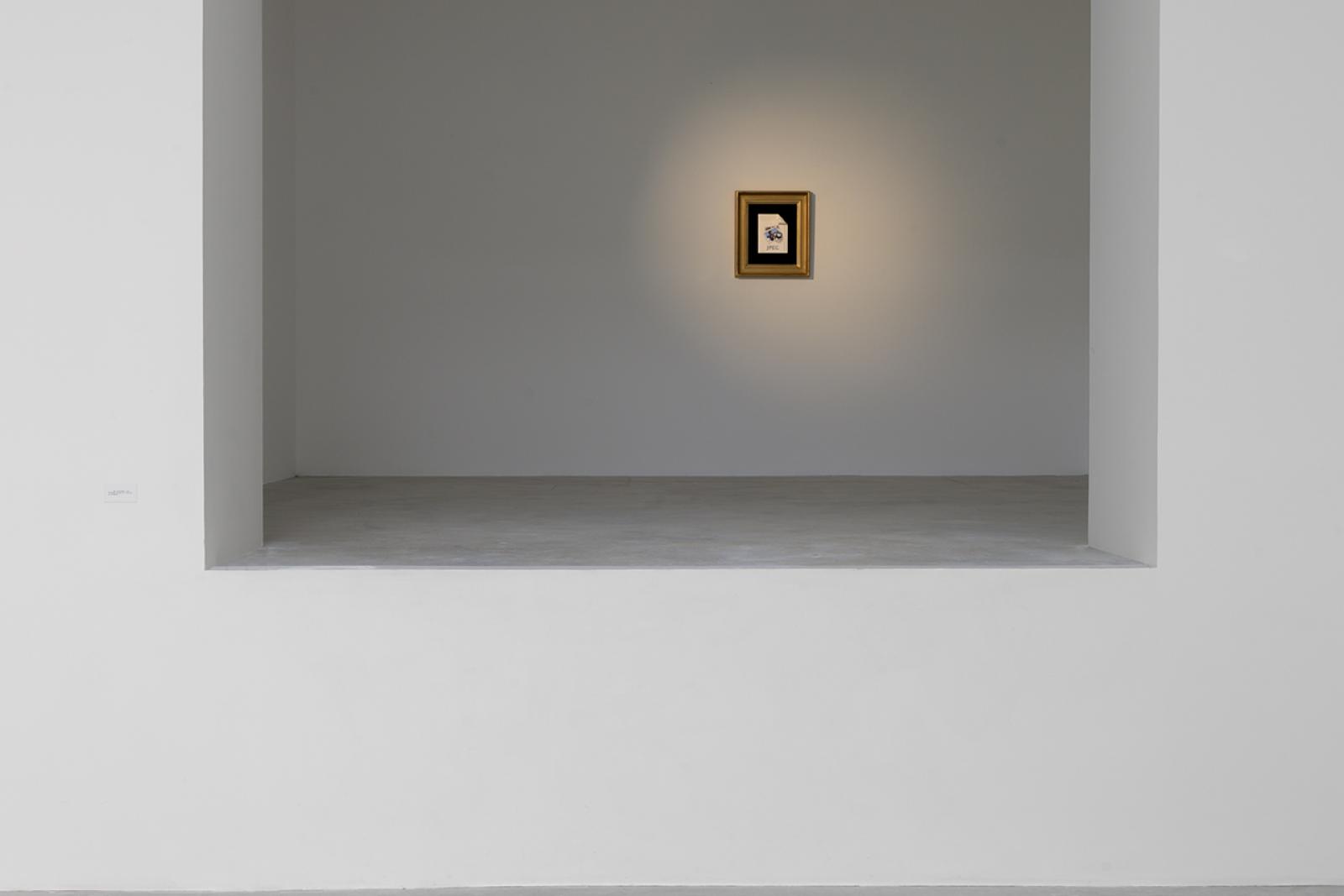Alan Belcher
Preview
In 2012 Alan Belcher devised and produced an ensemble of ceramic artworks that transformed the universal .Jpg icon, which nowadays constitutes the preamble and means of access to all dematerialized photographs, into an object. Clearly this relatively simple idea makes the utmost sense within the career of an artist who has devoted his entire oeuvre to the transformation of images into objects. Alan Belcher makes a sophisticated use of this ceramic icon, no larger than a standard sheet of paper but thick enough to become a polychrome object, sufficiently glazed for its surface to assume a specific density, thus making it play the role of a painting it would have supplanted. Belcher places these icons inside situations that have become ordinary for artworks, arranging them into groupings in a manner that best mimics the way drawing series are traditionally displayed, or isolating them three apiece on a wall in a way similar to how an important triptych would be hung, at other times displaying them as if on a computer screen or as if they were coming out of a just-uncompressed zip file. One of them, exhibited on a background of black velvet within a gilded frame and benefitting from dramatic lighting, refers beyond any reasonable doubt to the way canvases are exhibited at auction, at Christie’s or Sotheby’s, which is yet another reality for contemporary artworks.
—Eric Troncy
